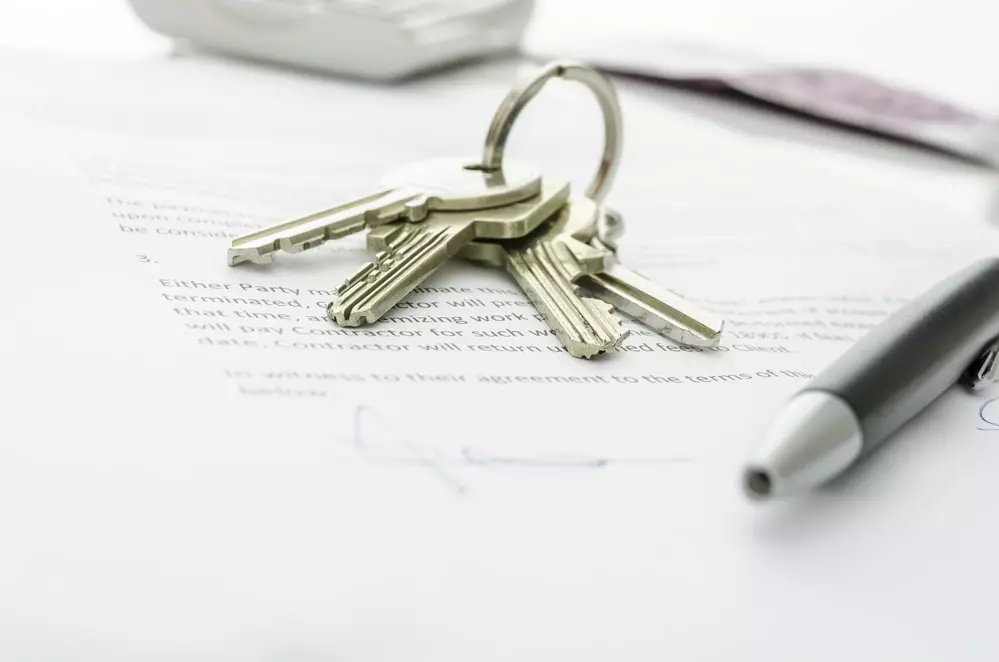 Image source: Saigonintela
Image source: Saigonintela
Finding a low-risk entry point into the real estate industry can be daunting for new investors. However, learning how to flip real estate contracts provides a relatively easy and cost-effective way to get started. This strategy allows investors to act as intermediaries between sellers and end buyers, without actually acquiring the property. It's a win-win situation that offers potential for success, but before diving in, it's crucial to understand the intricacies of this method. Let's explore the world of real estate contract flipping and the seven steps to achieve it.
What Does Flipping Real Estate Contracts Mean?
Flipping real estate contracts, also known as assigning contracts or wholesaling, is a strategy where investors secure the rights to buy a property from the original owner and then assign those rights to an end buyer. This way, investors act as facilitators, connecting motivated sellers with eager buyers. The key is to understand that investors are not purchasing the property themselves, but rather gaining the right to buy it in the future.
How To Flip Real Estate Contracts In 7 Steps
Flipping real estate contracts may seem simple at first glance, but it still requires careful planning and execution. Here are the seven essential steps to make your real estate contract flipping venture a success:
Step 1: Find A Property
Finding the right property is crucial for a successful contract flip. Look for motivated sellers who need to sell, rather than those who want to sell. Distressed homeowners facing foreclosure or other urgent circumstances are ideal candidates. Local courthouses and list providers are great resources to identify such homeowners.
Step 2: Contact The Owner
Once you find a potential property, reach out to the owner politely and introduce yourself as a real estate investor. Ask if they are interested in selling and leave your contact information for further communication. Remember that some owners may be hesitant to discuss selling, so find common ground to build trust.
Step 3: Determine Property Value
To make a profit from contract flipping, you need to secure properties below market value. Research comparable homes in the area to understand the property's market value. Factors such as square footage, number of bedrooms and bathrooms, and amenities play a role in determining the property's viability as an investment.
Step 4: Write Up The Contract
Negotiate the contract terms with the homeowner, ensuring that it aligns with both parties' intentions. The contract must leave no room for ambiguity or misinterpretation. Consider hiring a real estate attorney experienced in contract assignments to ensure a smooth process.
Step 5: Get It Approved
Once the contract is drafted, both parties must approve it. Identify the seller's motivation to create a contract that satisfies their needs and aligns with the wholesale deal's requirements. Once everyone agrees, sign the contract, and the buyer becomes the equitable owner while the seller retains legal title.
Step 6: Find A Buyer
Ideally, have an end buyer lined up before signing the contract with the seller. Create a buyers list comprising potential buyers interested in purchasing properties. Match the contract with the buyer, ensuring a smooth assignment process. A well-curated buyers list can streamline the entire process.
Step 7: Close On The Property
Connect the buyer with a title company experienced in wholesale deals. The title company will conduct a title search to resolve any ownership disputes or tax liens. Once the sale is finalized, you can receive payment for your work via wire transfer or check.
Pros & Cons Of Real Estate Contract Flipping
Before committing to real estate contract flipping, it's important to weigh the pros and cons:
Benefits Of Real Estate Contract Flipping
One significant advantage of contract flipping is the low entry cost, making it accessible to new investors. Additionally, there is minimal risk involved, making it an attractive investment opportunity. Flipping contracts allows investors to generate quick income.
Disadvantages Of Real Estate Contract Flipping
While there is potential for profit, flipping real estate contracts requires multiple deals to generate substantial income. Evaluating potential deals and compiling a wholesalers list can be time-consuming. Developing an efficient system takes time and effort.
How Much Can You Make From Flipping Real Estate Contracts?
The earning potential from flipping real estate contracts is limitless, but it depends on the amount of work and effort invested. Each contract sale can generate several thousand dollars in profit. Building relationships with other real estate investors can lead to more consistent income opportunities.
In Conclusion
Learning how to flip real estate contracts offers an entry-level investment strategy with low entry barriers. It's a relatively low-risk way to get started, but success requires careful planning and execution. Mitigate risks and maximize profits by understanding the contract assignment process. Explore the current opportunities in the real estate market and start your journey towards success!
Are you ready to explore the world of real estate contract flipping? Take the first step by enrolling in our online real estate investing class. It's the perfect way to shorten the learning curve and start investing in today's real estate market.
 Image source: Saigonintela
Image source: Saigonintela











